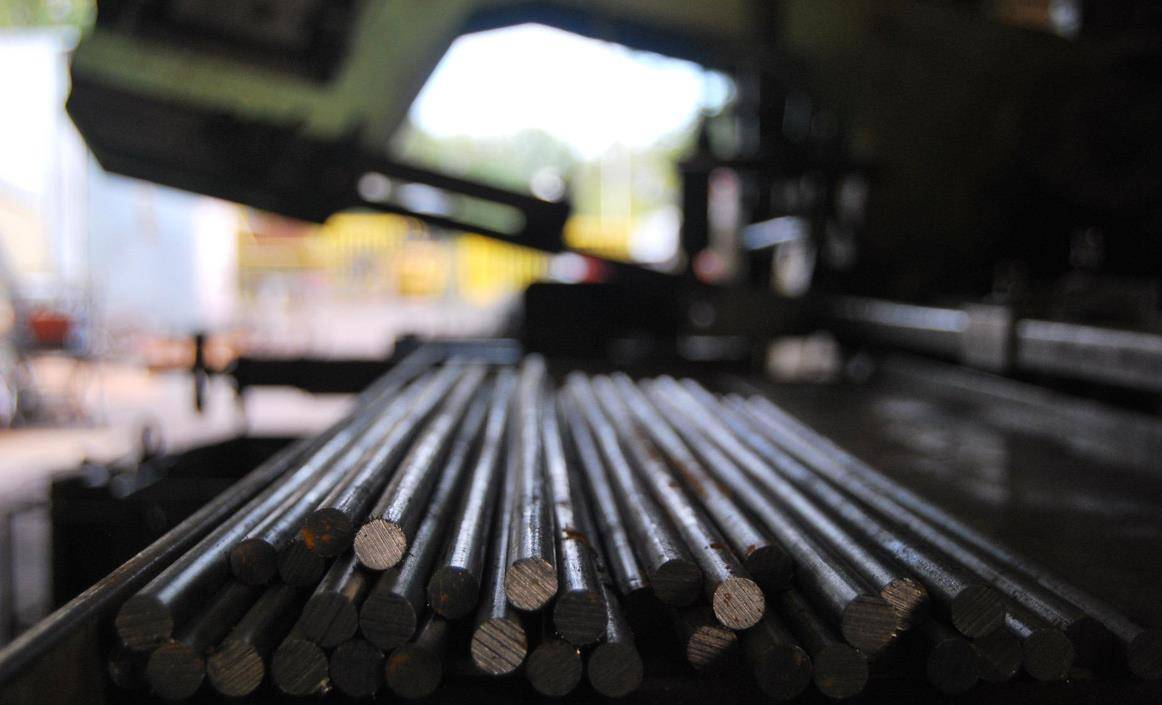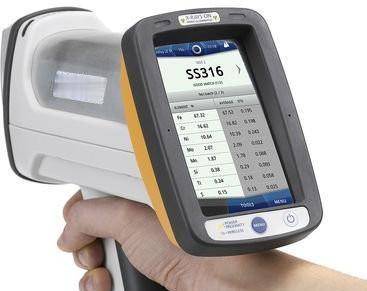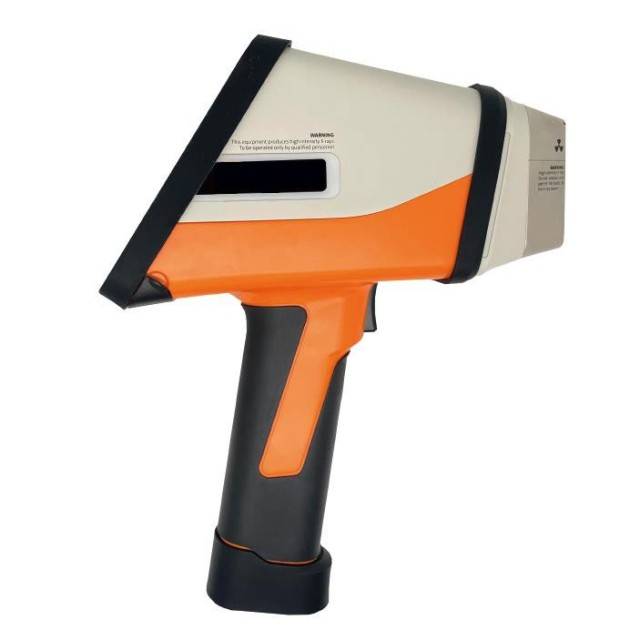Understanding Handheld XRF Analyzers
Handheld XRF analyzers are a powerful and efficient tool for metal analysis, providing rapid and accurate results in real-time with minimal sample preparation. These devices are based on XRF technology, using state-of-the-art SDD detectors to ensure reliable and precise measurements. The handheld XRF analyzers offer a wide range of applications in various industries, including mining, exploration, geoscience, quality control, and scrap metal recycling.
Technology Behind Handheld XRF Analyzers
Handheld XRF analyzers are built on X-ray fluorescence (XRF) technology, utilizing advanced electronics and mathematical algorithms to deliver lab-quality results within seconds. These devices are equipped with SDD detectors, ensuring high-performance and accurate elemental analysis. The portable nature of handheld XRF analyzers makes them ideal for on-site testing, providing immediate insights without the need for complex sample preparation.
Importance of Fast Analysis and Wide Range
The handheld XRF analyzers are designed to provide fast and non-destructive analysis, allowing users to identify alloy grades within seconds. With the capability to analyze 43 elements simultaneously, these devices offer a wide range of applications, including mineral exploration, geochemical testing, and ore grade control. The fast analysis and wide range make handheld XRF analyzers valuable tools for efficient and reliable elemental analysis in various industries.
Reliability, Accuracy, and Practicality
The reliability and accuracy of handheld XRF analyzers stem from their high-performance AXR x-ray system design and advanced algorithms. With a unique library of 1600 alloy grades, these devices ensure superior accuracy in grade identification. Additionally, the ergonomic design, intuitive user interface, and large capacity battery make handheld XRF analyzers practical and easy to operate anywhere, anytime. Their rugged design, dustproof, and waterproof features allow them to withstand harsh environmental conditions, making them suitable for on-site testing.
Types of XRF Spectrometers and Popular Uses
XRF spectrometers are divided into two general types: Energy Dispersive XRF (ED-XRF) and Wavelength Dispersive XRF (WD-XRF) spectrometers. ED-XRF spectrometers are known for their simplicity and ability to collect signals from multiple elements simultaneously, while WD-XRF spectrometers offer higher resolution but are more complex and expensive.
The popular uses of XRF spectrometers span across various industries, including cement, metal ores, mineral ores, oil & gas, environmental, and geological applications. These devices are essential for elemental analysis and quality control across different sectors, providing valuable insights into the composition of materials and aiding in decision-making processes.
In summary, handheld XRF analyzers are essential tools for fast, reliable, and non-destructive elemental analysis across diverse industries. Their advanced technology, convenience, and versatility make them indispensable for quality control, scrap metal recycling, mineral exploration, and other applications requiring precise elemental analysis.

Key Features and Advantages
The handheld XRF analyzers offer several key features and advantages that make them a popular choice for metal analysis in various fields.
Fast and Nondestructive Analysis
The analyzers utilize a powerful combination of fundamental parameters method (FP) and empirical coefficient method, allowing for the identification of alloy grades within 1-2 seconds. By extending the testing time, laboratory-level analysis results can be obtained. Unlike destructive testing methods, samples remain undamaged by X-ray, providing nondestructive analysis results.
Accurate Results
Equipped with a high-performance X-ray system design and advanced algorithms, the analyzers deliver accurate elemental analysis results. With a unique library of 1600 alloy grades, they provide superior accuracy in grade identification.
Ease of Operation
Featuring an ergonomic design, lightweight construction, and an intuitive interface, the analyzers are easy to operate anywhere and anytime. The tapered test head enables the detection of curved or corner parts with ease, and the large battery capacity ensures up to 10-12 hours of onsite testing without the need for recharging.
Minimal Training and Maintenance Cost
With a point-and-shoot design and user-friendly software, minimal training is required for operation. The rugged design with IP54 standard dustproof and waterproof capabilities ensures minimal maintenance costs.
User-Friendly Software and Display

The analyzers come with a 5-inch color touch screen that offers clear visibility even in sunlight. The software provides a comprehensive grade library, including AISI, DIN, JIS, and GB grade libraries, covering more than 1600 alloys. Additionally, they can store up to 100,000 test results, including spectrograms and sample images, and easily transmit results and reports to a PC.
These features and advantages make handheld XRF analyzers an ideal solution for alloy grade identification, quality control, scrap metal recycling, and various other applications in metal analysis.
Unlocking the Potential of Handheld XRF Analyzers
Handheld XRF analyzers are revolutionizing various industries by offering fast, accurate, and non-destructive analysis. With their advanced electronics and state-of-the-art mathematical algorithms, these analyzers provide ultimate quality measurements within seconds. Their impact on mining operations, metal material analysis, and quality control is significant, contributing to improved efficiency, sustainability, and productivity.
Handheld XRF Analyzers: A Game Changer in Metal Material Analysis
Handheld XRF analyzers have proven to be a popular and efficient tool for quality control in metal process facilities due to their mobility and easy usability. They offer rapid, accurate results without the need for extensive sample preparation. These devices are capable of analyzing incoming material, finished goods, and in-process production parts in a non-destructive manner. Their applications extend beyond solid materials and encompass the measurement of liquids and powders. Some key applications include alloy grade identification, quality control, scrap metal recycling, precious metals analysis, and positive material identification (PMI).
Features of Handheld XRF Analyzers
-
Fast Results and Non-Destructive Analysis: Utilizing powerful fundamental parameters methods (FP) and empirical coefficient methods, these analyzers can identify alloy grades within 1-2 seconds and provide laboratory-level analysis results with an extended testing time. This non-destructive testing approach ensures that samples remain undamaged.
-
Accurate Results You Can Rely On: Equipped with high-performance X-ray systems and advanced algorithms, these analyzers deliver accurate elemental analysis results. With a unique library of over 1600 alloy grades, they provide superior accuracy in grade identification.
-
Easy to Operate Anywhere, Anytime: The ergonomic design, light weight, and balance of these analyzers make them easy to use. Additionally, their large battery capacity allows for 10-12 hours of onsite testing without the need for recharging.
-
Minimal Training and Maintenance Cost: Their user-friendly icon-style interface and intuitive operation require minimal training. The rugged design with IP54 standard dustproof and waterproof rating ensures resilience in challenging environments.
-
User-Friendly Software and Display: The 5-inch color touch screen with backlight function enables clear visibility even in sunlight. The availability of a comprehensive grade library and the option to modify or customize it further enhance the usability of these analyzers.

Advantages of Handheld XRF Analyzers
- Fast Results
- Non-Destructive Analysis
- Easy to Operate
- Minimal Maintenance Cost
- Minimal Training
Unlocking Efficiency and Productivity in Mining Operations
Handheld XRF Analyzers have emerged as indispensable tools in mining, exploration, and geoscience applications. They provide lab-quality results immediately onsite, reducing the need for extensive sample preparation. These analyzers play a crucial role in identifying rare earth elements and key oxides throughout the mining process, from raw materials to final products.
The Impact on Mining Efficiency and Sustainability
In the dynamic commodities market, where rapid fluctuations and safety challenges are common, handheld mining analyzers offer elemental analysis capabilities that empower mining operations to achieve greater efficiency and sustainability. Their ability to provide rapid analysis aids in pinpointing drill locations, enhancing the rate of discoveries, and facilitating on-site determinations. With the incorporation of SDD detectors, these analyzers offer improved resolution and count rates, resulting in lower detection limits for all elements analyzed. Additionally, the FP method used for mining sample types enhances the analytical performance of these handheld devices in mineral analysis.
The Evolution of XRF Spectrometry in Quality Control
The introduction of XRF spectrometry decades ago revolutionized metal analysis and established itself as a reliable technique widely used for quality control in metal processing facilities. However, the demand for efficient and comprehensive inspection of products led to the development of inline XRF analyzers, catering to the needs of users for online real-time detection of large-scale products. The capabilities of these XRF analyzers to provide chemical element composition information and screen faulty products have significantly improved detection efficiency and reduced labor costs.
Advancements in Sample Preparation Techniques
While XRF instrumentation has advanced significantly in sensitivity and stability, sample preparation remains a crucial aspect of achieving consistent and reliable analytical results. The use of pressed pellets as a common method of preparing samples for XRF analysis is a popular choice due to its production of high-quality results, quick processing, and cost-effectiveness.
In conclusion, handheld XRF analyzers have emerged as game-changing instruments, offering rapid, non-destructive, and accurate analysis across various industries, from metal material analysis to mining operations. Their impact on efficiency, sustainability, and productivity is commendable, making them indispensable tools for quality control and material analysis.

